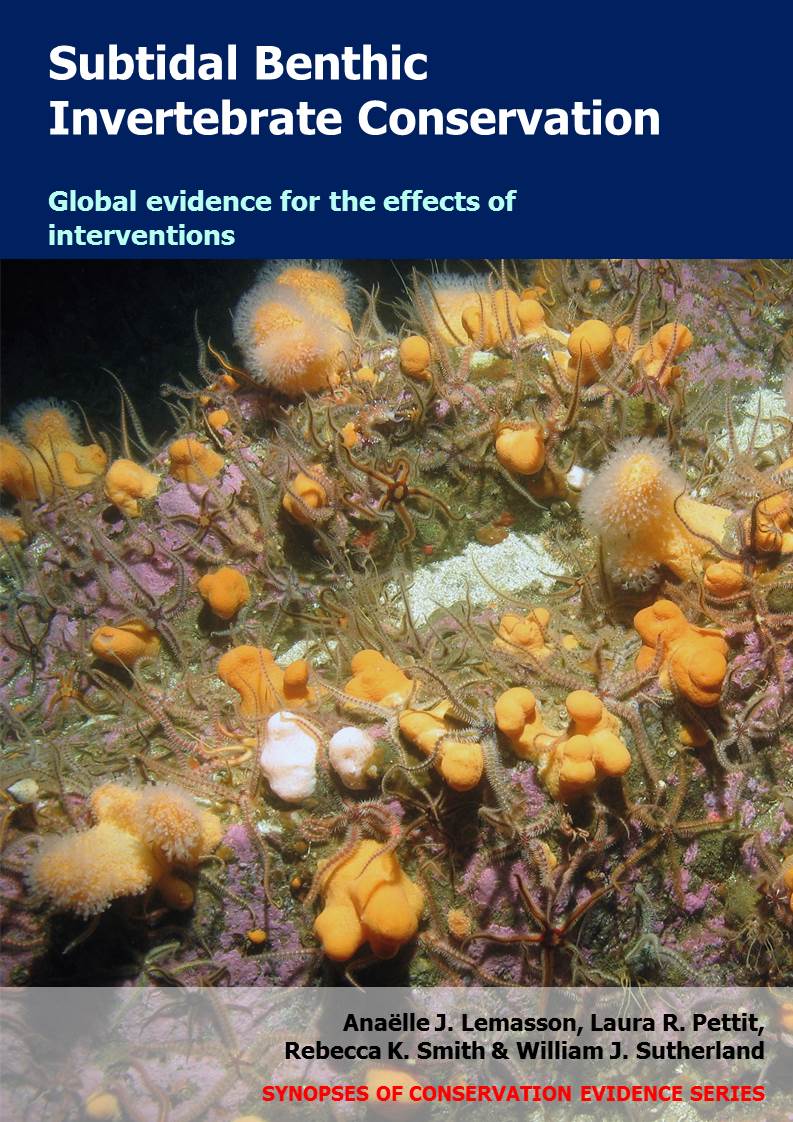Fit a funnel (such as a sievenet) or other escape devices on shrimp/prawn trawl nets
-
Overall effectiveness category Unknown effectiveness (limited evidence)
-
Number of studies: 1
View assessment score
Hide assessment score
How is the evidence assessed?
-
Effectiveness
65% -
Certainty
20% -
Harms
0%
Study locations
Supporting evidence from individual studies
A replicated, paired, controlled study in 2006–2007 in the North Sea, off the east coast of England, UK (Catchpole et al. 2008) found that trawl nets used in shrimp/prawn fisheries fitted with a sievenet (funnel-like device) appeared to catch fewer unwanted non-commercial invertebrates (discard) compared to unmodified nets. Differences were not statistically tested. Of the seven invertebrate discard species recorded, six tended to be caught in lower numbers in nets fitted with a sievenet compared to nets without (28–83% reduction in numbers caught), and one species tended to be caught in equal numbers. Use of selective gear to reduce unwanted catch in the brown shrimp fishery was made compulsory in 2003 in the European Union. Between January 2006 and January 2007, abundances of unwanted invertebrate species were compared in nets with a sievenet and without. Nets were deployed in pairs (one sievenet; one unmodified net) during 98 hauls for 1h. All organisms were identified, sorted as commercial catch or discard, and counted.
Study and other actions tested
Where has this evidence come from?
List of journals searched by synopsis
All the journals searched for all synopses
This Action forms part of the Action Synopsis:
Subtidal Benthic Invertebrate Conservation





)_2023.JPG)














